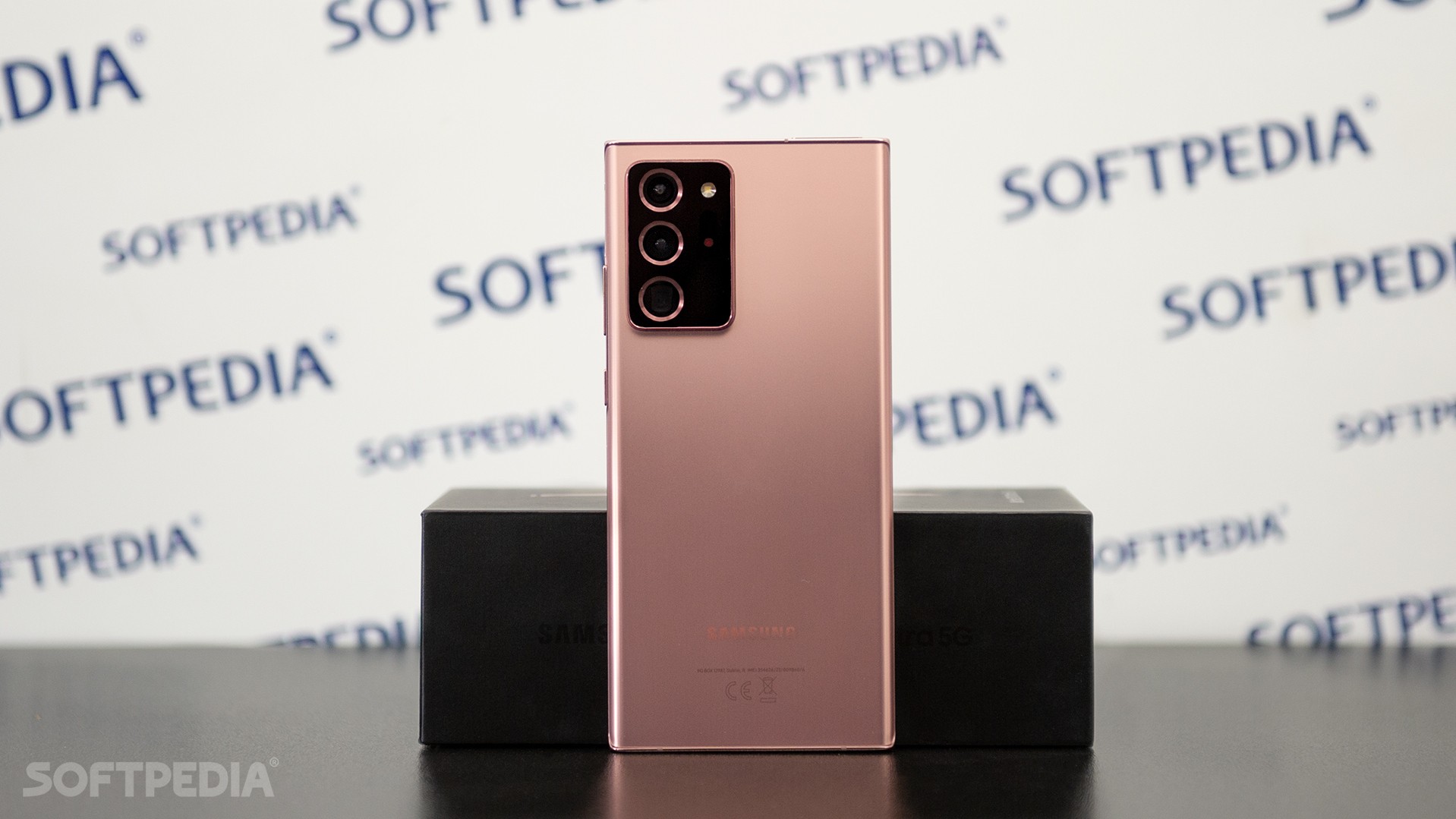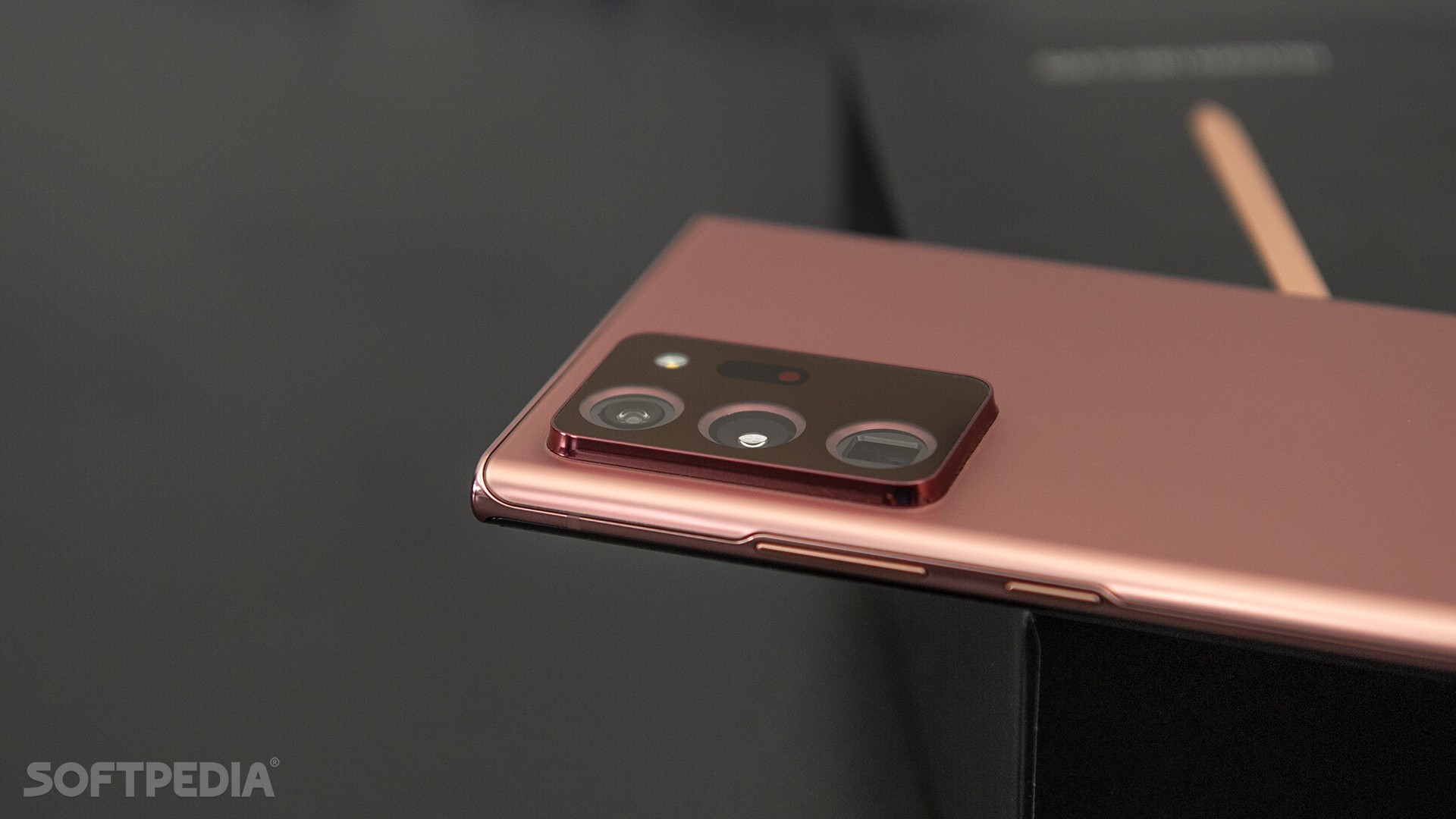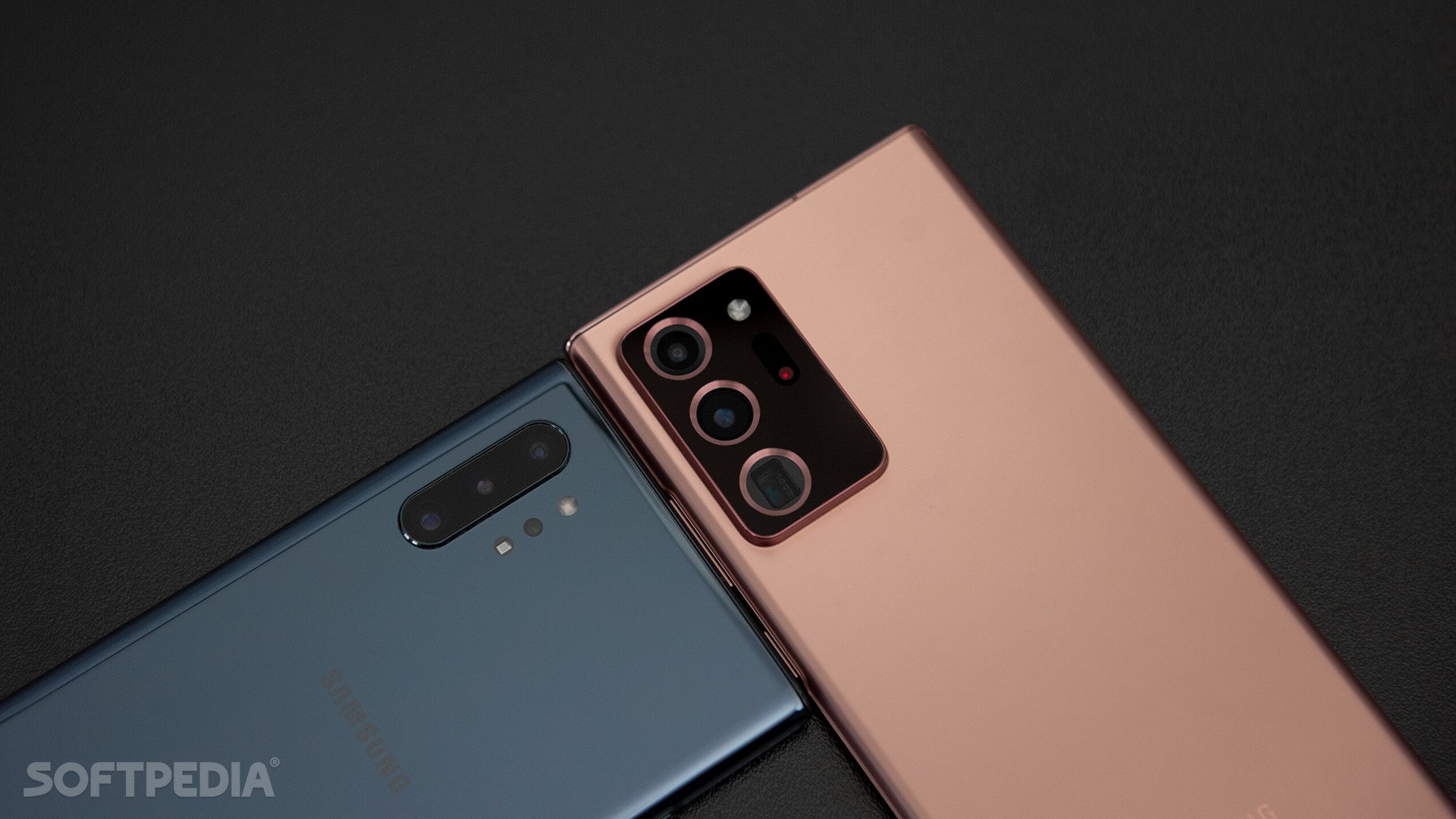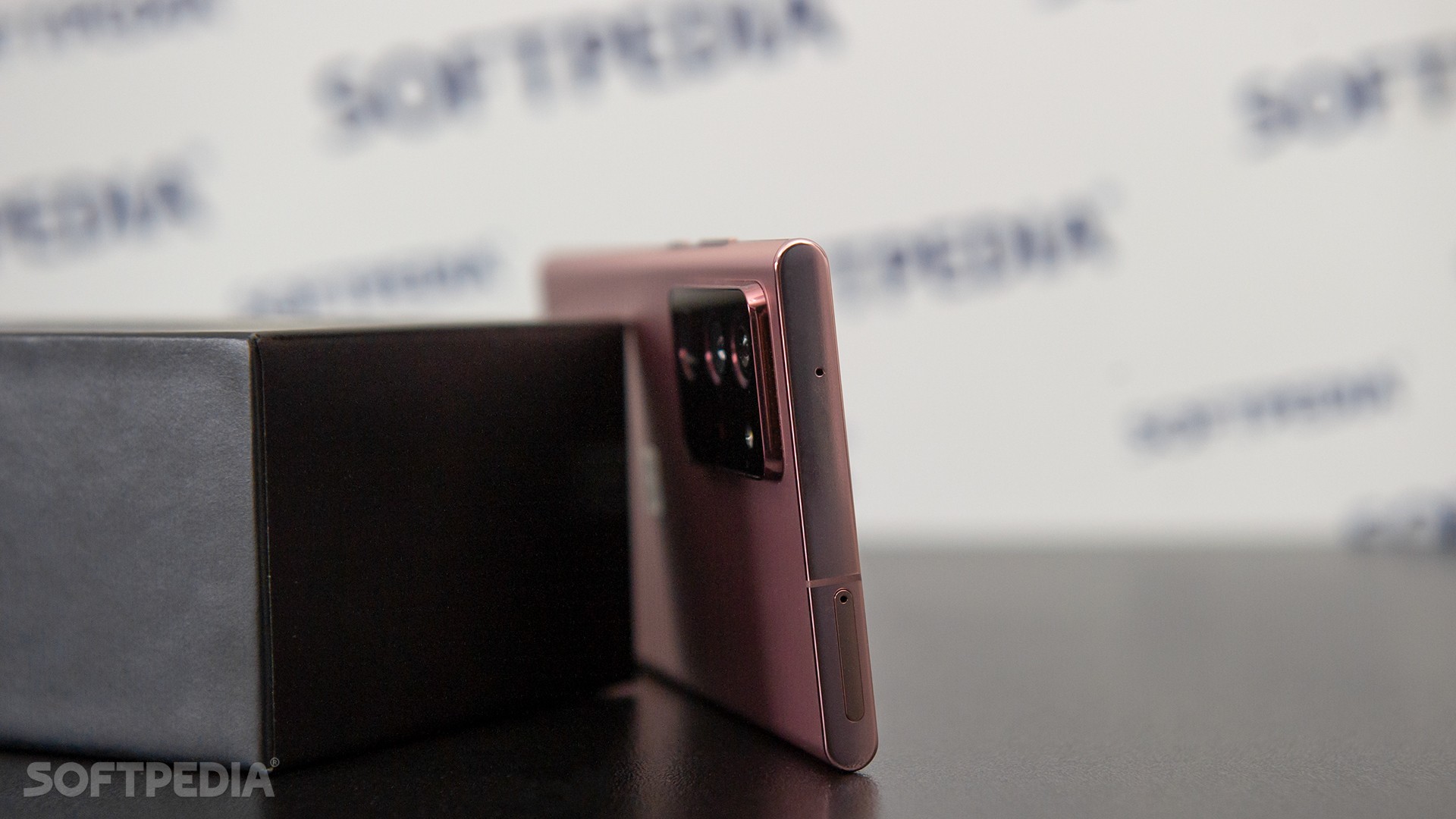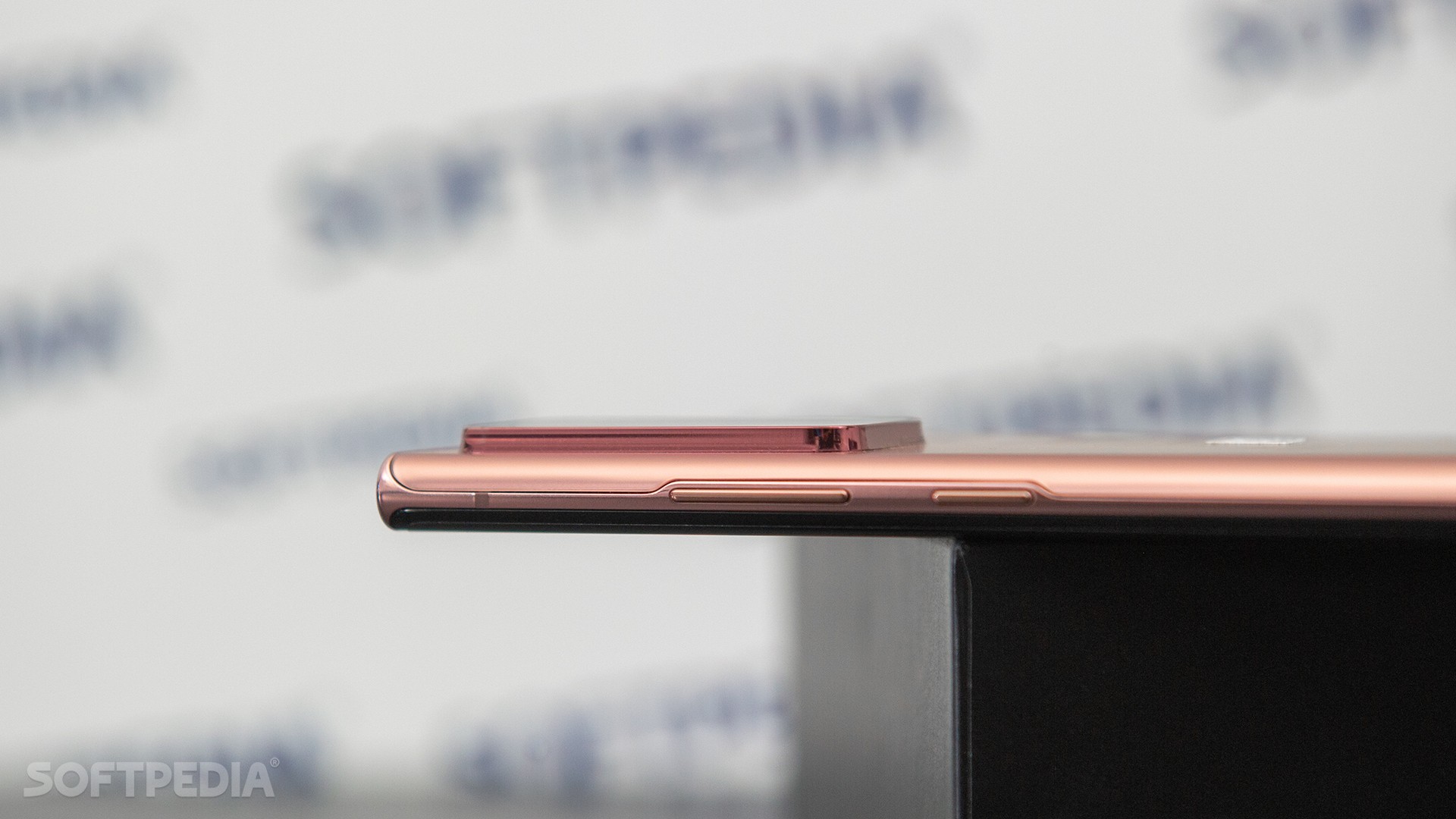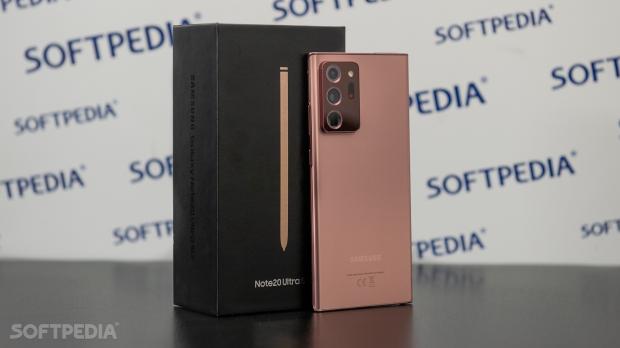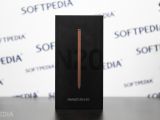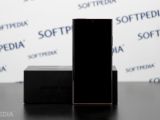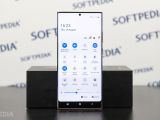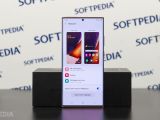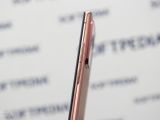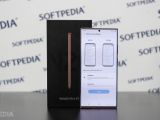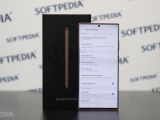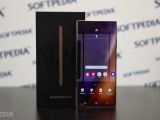Samsung announced the Galaxy S20 series at the worst possible time, obviously without knowing that the world was about to enter a massive lockdown that would dramatically affect sales of the high-end Android device.
Presented in February and going on sale in March, the Galaxy S20 ended up becoming a rather disappointing model as far as the market performance was concerned, and it was all because of the global health issue that made it impossible for so many customers to discover what it brought new to the table.
Things haven’t improved much since then, and in some countries, the virus struggle has gotten even worse, but Samsung just had to do what it had to do. So August brought us a new Note model, as per the company’s typical release schedule, and just as expected, this one brought massive improvements in all key areas.
The model we’re reviewing here is the Galaxy Note20 Ultra 5G, which is the flagship version in the new lineup (and honestly, the one you should actually buy given the smaller Note comes with a plastic body and without a 120Hz display).
I’ve been using the Note20 Ultra 5G for the past few days, and to be completely honest, this smartphone impressed me in so many ways but also let me down in others. So stick with me as I provide a very thorough look at my experience with the new Note.
Let’s begin with the first encounter. I won’t lie, the Galaxy Note20 Ultra 5G is huge, but as I learned after a couple of days, this is something that you can quickly get used to. I mean, yes, this phone is pretty slippery and doesn’t fit a typical pocket, not to mention that you really shouldn’t even think of using it with just one hand. Because no, that’s not possible, as the slippery thing and the size combo is something that’s almost a guarantee you’ll eventually drop it.
And obviously, you don’t want that, especially since the price of the Note20 Ultra 5G starts at over $1,000.
“Smaller, lighter, more capable”
In terms of dimensions, the Note20 Ultra 5G isn’t necessarily very different when compared with the Galaxy S20 Ultra 5G (164.8 x 77.2 x 8.1 mm / 6.49 x 3.04 x 0.32 inches versus 166.9 x 76 x 8.8 mm / 6.57 x 2.99 x 0.35 inches), and it’s even lighter at 208 grams versus 222 grams.
So technically, the Note20 is actually a little bit smaller and lighter than the S20 Ultra 5G, which is quite an achievement given that it also comes with a pen.
As far as the design is concerned, there’s so much to talk about here, but I’ll try to keep things simple.
First of all, there’s the thing that just makes sense and which everybody expected: the Note20 Ultra 5G sports super-high build quality, and it’s one of the most exquisite devices on the market right now. It’s a small piece of jewelry, and if you think the iPhone is a luxurious phone, then the Note20 Ultra is at least as good as Apple’s model.
There’s nothing to really criticize about the design of the Note20 Ultra, as the attention that Samsung paid in terms of looks is more than obvious. Just think this device features Gorilla Glass Victus on the front and the back, as well as a stainless steel frame, so it’s pretty clear it comes with a fairly exquisite combination as far as the design is concerned.
But what I think is a love it or hate it kind of feature is the huuuuuge camera bump on the back, With a vertical setup that now comprises three different cameras, the bump is bigger than you’d expect it to be, and the first encounter will certainly be rather unexpected. It’s the most obvious thing on the back, and it’s almost impossible to ignore it unless you add a case, which should level the entire rear and thus mask the dimensions of the camera setup.
“Almost the best Samsung display. Almost.”
Now let’s move to the display available on the Ultra.
As some of our readers might know already, I’m quite a big fan of Samsung displays, and it all happens for a good reason. The South Korean company makes the best screens out there, and you don’t even have to trust me on this one. Just think that even the top iPhone models come with OLED panels built by Samsung, so if Apple’s isn’t right, I’m not sure who is.
At first glance, the 6.9-inch display on this Note is very similar to the one on the Galaxy S20 Ultra 5G, but it has also received a bunch of very welcome improvements.
First and foremost, it’s the very same dynamic AMOLED 2x capacitive touchscreen with 16 million colors, Always-On, and HDR10+, and both displays come with a 120Hz refresh rate, something which is even more important on the Note given the stylus support. But on the other hand, the new phone features a lower resolution (1440x3088 pixels versus 1440x3200 pixels), and this translates to lower ppi density (496 vs. 511). If you’ve used the S20 Ultra before, the difference isn’t huge and can barely be seen by an untrained eye, but it’s there and it’s real.
On the other hand, Samsung has improved the screen to body ratio on the Note, which means that you’re getting more screen and less bezels. The ratio reaches 91.7% on the Note, up from 89.9% on the S20 Ultra.
Let’s talk a little bit about the new refresh rate. While the benefits of a 120Hz refresh rate on a new-generation display are more than obvious, here’s why it matters on the Note20 Ultra 5G.
The signature feature of the Note is the stylus support, and the new S Pen features 9ms latency, which is the best you can find right now on the market. And thanks to the 120Hz display, the response is fantastic, and using the S Pen is almost like you’re writing on a piece of paper. The lag doesn’t really exist, and everything feels incredibly natural. I’ve used digital pens a lot lately given the health crisis and I just had to sign plenty of papers on my computer, but I tell you, nothing compares to the experience provided by the new S Pen.
“So much RAM Apple can only dream of.”
The rest of the specs pretty much fall in line with what you’d normally expect from a Note.
There’s a choice of two processors, something that might actually annoy some customers. In the United States, you can get the Note20 with a Qualcomm Snapdragon 865+ processor, while in global markets, the device is available with an Exynos 990 chip. Both are paired with 12GB RAM, and the maximum storage option is 512GB. A microSD card slot is also offered, and it replaces one of the SIMs.
There’s no headphone jack, but instead, you get stereo speakers, Wi-Fi, Bluetooth 5.0, USB 3.2, and an NFC sensor for wireless payments,
Translate all of these to real-life performance and you get an Android device that’s blazing fast, something that obviously isn’t such a big surprise since the Note is supposed to be a flagship in all regards. I’ve tested the Exynos version, and based on my experience with Samsung phones, there is a chance the Snapdragon is even faster, though this is something that remains to be seen.
However, I can’t help but wonder if this top-notch performance is something that lasts for more than a year. In the past, most high-end Samsung models experienced a more or less noticeable slowdown after a while, so it’ll certainly be interesting to see if things have changed on the Note20.
“Facial recognition but not that kind of facial recognition.”
When it comes to biometrics, the Note20 ships with the full package, but there are both good things and bad things here.
First and foremost, it’s the ultrasonic fingerprint sensor that is embedded into the glass. This sensor has been around for a while on Samsung phones but it’s still not as fast a typical fingerprint reader either integrated into the home button or offered as standalone on the back. There are moments when it doesn’t correctly read the finger so it fails to unlock, albeit I noticed that accuracy has improved and this doesn’t happen as often as before.
The Note20 also offers facial recognition (not that kind of facial recognition though), and while everything works pretty well in good lighting conditions, the experience changes in complete darkness. Of course, it fails to detect your face when the camera can’t see you, in which case you have to return to the fingerprint scanning or another method to unlock the device.
The battery is impressive, to say the least, and the worst I got during my time with the Note20 Ultra was a day and a half. This is something that can vary a lot depending on how you use the phone, but in most of the cases, the 4,500 mAh battery should be enough to get you through the day. And if it’s not, it still comes with 25W fast charging and wireless charging, while also offering 9W reverse wireless charging.
Aaaaand you also get a charger in the box because Samsung is not Apple.
The camera is a key part of the magic that the Note20 Ultra offers to customers. And it’s thanks to a triple-camera configuration with the following specs:
- 12MP ultra-wide camera: pixel size 1.4um, FOV 120, F2.2
- 108MP wide-angle camera: pixel size 0.8um, FOV 79, F18, 1/1.33” sensor size, PDAF, OIS
- 12MP telephoto camera: pixel size 1.0um, FOV 20, F3.0
In addition, you also get laser AF, a so-called Space Zoom feature that includes 5x optical zoom and up to 50x super resolution zoom, OIS, and tracking AF. There are plenty of other gimmicks, like a scene optimizer, flaw detection, multiple camera modes, as well as extra options like HDR10+ recording, playback zoom, microphone control for the Pro Video mode, the Zoom-in Mic feature, and digital zoom up to 20x.
On paper, all of these sound like the Note20 is ready to replace a dedicated camera completely, especially since it comes with so many pro features.
“Pro camera. Sort of.”
And at some level, it can very well do that, although there are a few things that you need to keep in mind. The camera itself is top-notch, but you should always use the basic display settings to view the actual quality of a photo, as otherwise, the screen increases contrast and saturation to make everything look more lively.
The post-processing also increases contrast and saturation levels, but as far I can tell right now, this behavior has been polished substantially from the previous Note. So the end photo looks a little bit more natural now if you’re lucky, and the post-processing adjustments are closer to reality.
While there are three different cameras on the Note20, you’ll most likely use the main lens most of the time, although it’s really fun to use the wide-angle camera every now and then. However, if you want to use the camera like a pro, it’ll certainly take a while to discover all its capabilities, so make sure to explore every single mode to improve the quality of the photo.



Personally, I’m not a big fan of Samsung’s scene optimizer feature, and I typically prefer to take artistic photos using the Pro mode. You need some time to figure out what everything does, but when you’re there, the quality of your shots can really get very close to what you can do with a professional camera.
And now comes the bad part. During my time with the Note20, I noticed that some of the shots it takes are out of focus, as it's the case of some of the samples here. You don't typically expect such a thing from a phone that's so expensive, but this is typical Samsung, as I've noticed the same behavior on previous Note versions too. And I expect the performance to be much improved in the near future after one or two software updates with camera improvements.
At this moment, it takes a while to figure out how to master the camera and end up with a good shot, but for someone who wants a point and shoot experience, I'm not sure the Note20 is ready just yet.
Note: the images in the gallery have been resized for obvious reasons (the original resolution was 12000x9000 pixels).
THE BOTTOM LINE
The Galaxy Note20 Ultra 5G is unmistakably a Note. And fortunately, Samsung knows very well that focusing on what makes this device special is what sets the Note apart from the rest of the crowd.
The South Korean company has improved the Note in all areas that are important, and these are the pen, which now comes with 9ms latency, and the screen, which has been upgraded to 120Hz refresh rate. Put these two together and you get a super-natural experience when drawing and writing on the screen, something that not even Apple can achieve right now.
Of course, the company hasn’t neglected the other areas either, so you still get the latest-generation hardware with more RAM than Apple can ever dream of. However, sticking with a choice of two different processors is a debatable choice, and it remains to be seen how the Snapdragon version runs when compared side by side with the Exynos.
At the end of the day, the Note20 is once again the best Android phone that money can buy right now, although as I said, I expect it to get even better after an update or two. But today, if you’re looking for a replacement to an iPhone 11 Pro Max, there’s absolutely no doubt that this is it.
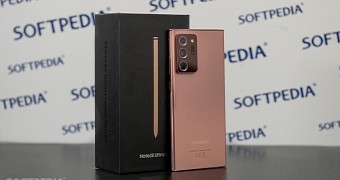
 14 DAY TRIAL //
14 DAY TRIAL // 